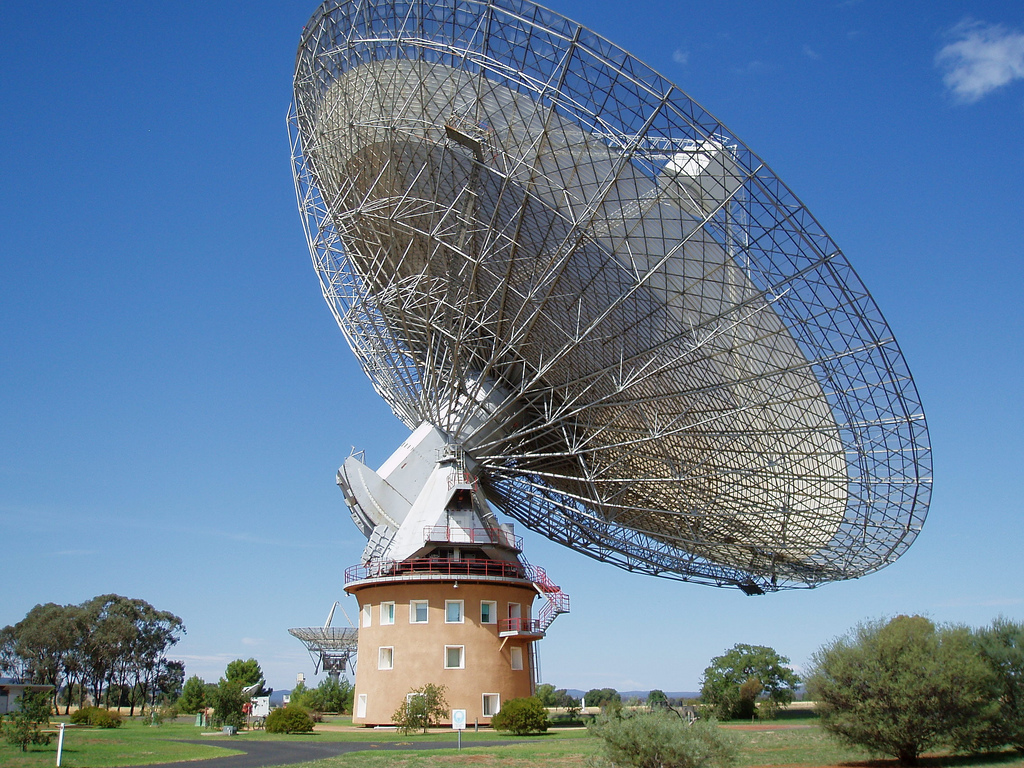A new $28.8 million CSIRO education program will address the extreme under-representation of Aboriginal and Torres Strait Islander (ATSI) people engaged in science, technology, engineering and mathematics (STEM).
The five-year project, launched in partnership with BHP Billiton Foundation, will deliver education programs, mentoring, summer schools, excellence awards and bespoke university degrees to reach out and inspire ATSI students all over Australia to become immersed in STEM subjects.
CSIRO Chief Executive, Megan Clark said the program would support students from primary school through to tertiary education, providing a pathway to increase ATSI numbers in STEM-related professions.
“CSIRO has delivered education initiatives across Australia for over 35 years and in parallel to this, we have a dedicated Indigenous science program that not only aims to get more Indigenous scientists working in CSIRO, but also delivers science projects for Indigenous communities,” Dr Clark said.
“Our partnership with BHP Billiton will enhance and expand our education programs to reach Aboriginal and Torres Strait Islander students from across Australia. We are really excited about this opportunity to reach so many new students, and get them excited about science, technology, engineering and mathematics.”
Closing the gap is a serious problem borne out by some confronting statistics. Only 1.4 per cent of university student enrolments in 2010 were ATSI students. This is even more pronounced in science, technology, engineering and maths courses and in applied science professions.
There is evidence too that Aboriginal and Torres Strait Islander students are more than two-and-a-half years behind their non-Indigenous peers in scientific and mathematical literacy.
CSIRO identified three main factors influencing these woeful figures: Language processes underpinning conceptual development and understanding, potential mismatches between cultural beliefs about the world, and challenges for students when dealing with university cultures, particularly in STEM disciplines.
The STEM initiative is comprehensive because it attempts to address inequality early on under different parts of the program.
For example, the Science Pathways for Indigenous Communities is aimed at primary and middle school students in remote communities using on-country projects as the context for learning science, while Counting Futures provides indigenous primary and middle school children with support and career guidance to encourage better outcomes in maths.
The Inquiry for Indigenous Science Students targets middle school students in mainstream metropolitan and regional schools using similar hands-on, inquiry-based projects to improve student outcomes in science.
There will also be an Aboriginal Summer School for Excellence in Technology and Science, bringing together high-achieving Year 10 students for a residential camp and mentoring them through Years 11 and 12.
At university level, an extended Bachelor of Science (BSc) degree provides a supported pathway to complete a mainstream BSc at the University of Melbourne for students who show potential but who might otherwise not have access to such an opportunity.
BHP Billiton Chief Executive Officer, Andrew Mackenzie, said the program would build on BHP Billiton’s 33 year partnership with CSIRO through its support of the Science and Engineering Awards.
“BHP Billiton believes that providing opportunities in STEM education is a powerful way to support the professional aspirations and career opportunities of a generation of young Aboriginal Australians,” Mr Mackenzie said.
“We hope the program encourages more Aboriginal students to consider a rewarding career in the STEM disciplines, which will go some way to further closing the gap and recognising the important contribution Aboriginal Australians make to the economy.”
CSIRO will manage and implement the program over five years, targeting metropolitan, regional and remote schools across Australia with high Aboriginal and Torres Strait Islander populations.






Thank you for this article. I’d personally also like to say that it can become hard when you’re in school and starting out to establish a long credit history. There are many pupils who are simply trying to live and have an extended or good credit history is often a difficult matter to have.